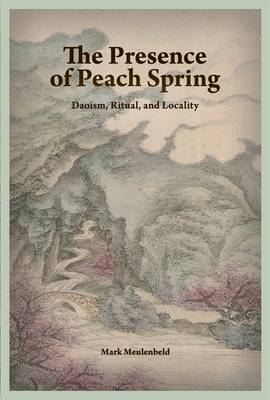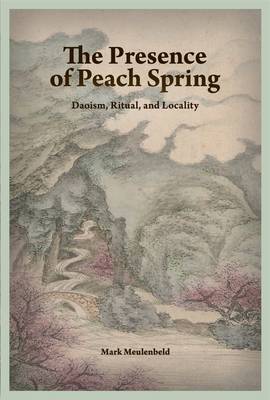
- Afhalen na 1 uur in een winkel met voorraad
- Gratis thuislevering in België vanaf € 30
- Ruim aanbod met 7 miljoen producten
- Afhalen na 1 uur in een winkel met voorraad
- Gratis thuislevering in België vanaf € 30
- Ruim aanbod met 7 miljoen producten
Zoeken
Omschrijving
The Presence of Peach Spring radically breaks with conventional interpretations of Tao Qian's "Record of Peach Blossom Spring" by connecting the tale to its stated geographical location in northern Hunan province (PRC) and focusing on the Daoist lore that surrounds it. Drawing on more than two decades of fieldwork, Mark Meulenbeld uncovers the presence of Peach Spring as a sacred site with a history of more than fifteen hundred years, locally embedded within a complex network of ritual referents. Rather than a primarily textual analysis, Meulenbeld offers a more historically grounded interpretation that engages with the religious manifestations of Peach Spring: on domestic altars, in sacrificial ballads, at Daoist institutions, and, ultimately, as a source of transcendence. Meulenbeld shows that the category of the sacred offers a crucial framework for understanding traditional texts, even if they do not immediately seem to belong to any religious sphere. When read in the context of its native region, the tale of Peach Spring affords readers access to a sacred site, sacred objects, and the enduring traditions of Daoist ritual that continue to maintain its presence today.
Specificaties
Betrokkenen
- Auteur(s):
- Uitgeverij:
Inhoud
- Aantal bladzijden:
- 436
- Taal:
- Engels
- Reeks:
Eigenschappen
- Productcode (EAN):
- 9780674304833
- Verschijningsdatum:
- 14/07/2026
- Uitvoering:
- Hardcover
- Formaat:
- Genaaid
- Afmetingen:
- 152 mm x 229 mm

Alleen bij Standaard Boekhandel
+ 189 punten op je klantenkaart van Standaard Boekhandel
Beoordelingen
We publiceren alleen reviews die voldoen aan de voorwaarden voor reviews. Bekijk onze voorwaarden voor reviews.








